A well-trimmed hedge looks thick and bushy. It will not only set the boundaries of your garden, but also serve as a decorative element of your overall landscape design. Read on to find out how to plant a hedge and look after it, so that it grows to be thick and healthy.
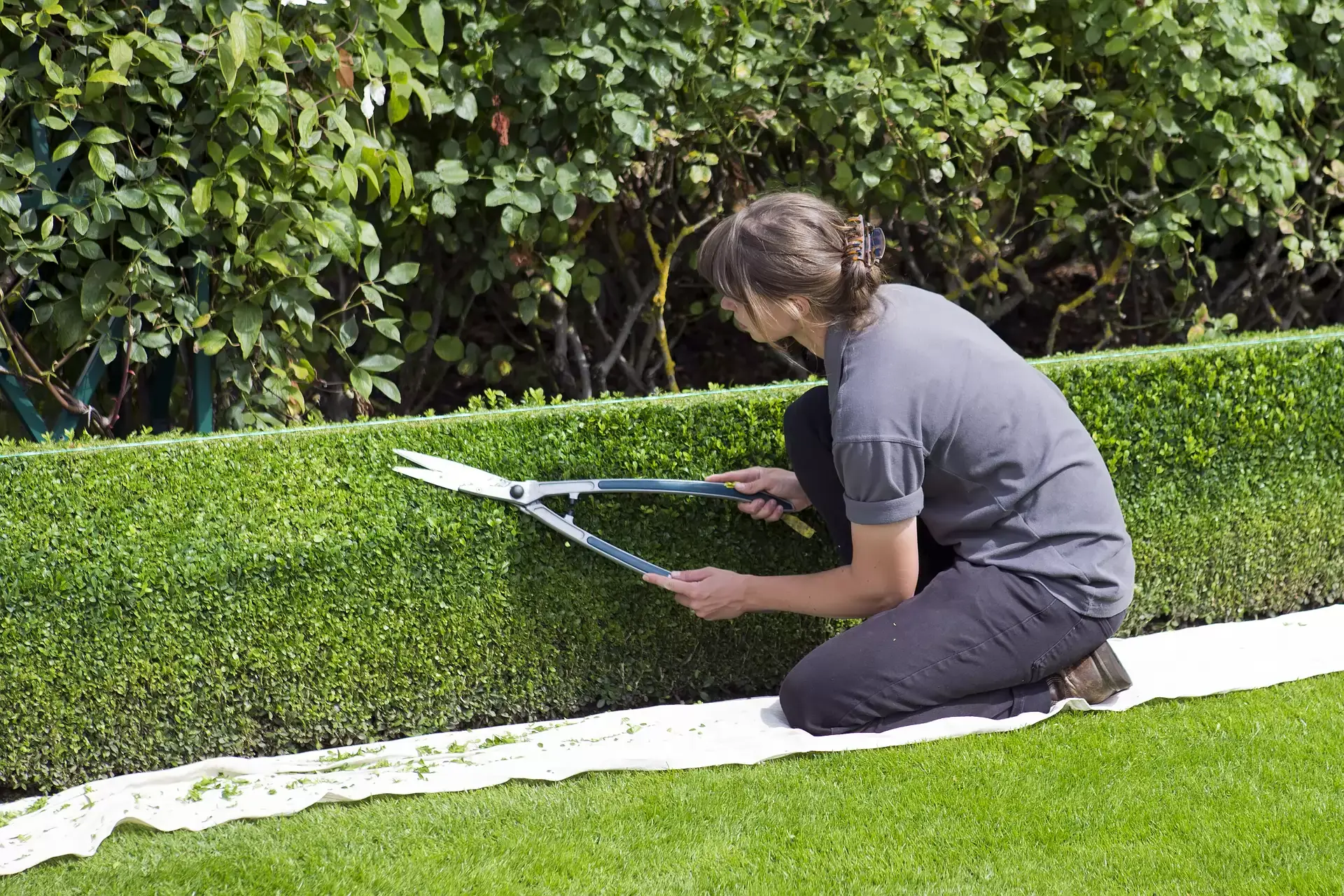
A well-trimmed hedge looks thick and bushy. It will not only set the boundaries of your garden, but also serve as a decorative element of your overall landscape design. Read on to find out how to plant a hedge and look after it, so that it grows to be thick and healthy.
How to trim a hedge
Surrounding your property with a high hedge is an effective way to guarantee you some privacy. It will also limit noise from the street and provide shade in hot weather. A nicely trimmed hedge can also be used to visibly hide rubbish bins or compost heaps.
Smaller hedges, which can be trimmed into various shapes, will act primarily as a decorative element. Nature lovers will enjoy watching birds sitting or even nesting in their garden hedges, which also provide shelter for insects and hedgehogs.
However, hedges requires regular care if you don’t want them to grow too quickly or wildly. With time, when their branches thicken and become more woody, it will be more difficult to shape them so easily. Gaps will appear, making the hedge lose some of its decorative appeal.
Of course, trimming shouldn’t be done whenever you feel like it. The frequency and depth of trimming should be done according to general recommendations for specific types of bush. The age of the plants is also important. Generally speaking, cutting an old hedge is really just a matter of keeping it in line and getting rid of old leaves or branches.
When to trim a hedge
You should trim a hedge for the first time in the spring. The best time would late March / early April. This is when most plants start to grow and the weather is usually warm and sunny enough for unhindered growth. However, you may want to check the weather forecast before you do so, just in case there are any frosts on the horizon. The first trimming is usually to a height of 8-12 inches. However, you should not trim sap-bearing plants (e.g. hornbeam, maple, beech) in early spring.
Further trimming should be carried at least once a year (ideally 2-3 times per year). Depending on the type of hedge you want to grow, the plants should be cut leaving 1-12 inches of new growth. However, bear in mind that the last trimming should be done not later than at the end of August. Trimming after this date will stimulate new shoots to grow, and they may not survive the first frosts.
How to trim a hedge
A hedge, regardless of the type, should always be trimmed starting from the side. In order to make sure you keep a straight line, one idea is to use string along which the cut is made, which will make it much easier. Depending on your preference and the type of hedge, you usually trim to form square or semi-circular shapes. The advantage of the latter method is that due to the shape it allows rainwater to gain easier access to the roots. After a few seasons and with a bit more experience in the matter, you could try some more original shapes – waves or other rounded or square decorative elements.
Remember to trim the twigs and branches horizontally. They should not be cut diagonally or cut in half. The shoots will then find it hard to grow and may dry out and become more prone to fungal infections.
After cutting, plants should always be watered and fertilised, enhancing healthy growth. Planting a larger hedge also requires having an appropriate garden hose, as young plants – especially when planted in cities – require regular access to a sufficient amount of water.
Types of hedges
The key issue is to determine your aim in growing a hedge and select the best type to fulfil this purpose. For rural and suburban gardens dense and thorny hedges are often a good idea. An example are roses, which bloom spectacularly and also provide a form of protection against potential uninvited guests. Conifers (yew, juniper, cedar) will also work well.
For low, more ornamental hedges, i.e. in cities, boxwood is an ideal plant, especially due to the various shapes you can form with them. If you want to design a specially formed gap for an entrance or a gate, you will need to use supports and frames (e.g. made of mesh), and the best type of hedge here will climbing or long stemmed plants (privet, barberry, laurel). A garden gazebo is also an example of something that can be decoratively incorporated in a hedge. This will provide additional shade in summer and shelter from wind in autumn.
The hedge could be evergreen or seasonal. In the latter case, leafy and abundantly flowering plants are usually chosen. Some of these types will not provide the stunning effect until late summer, when the leaves start to discolour.
If you have the right conditions for (e.g. a large garden), you of course opt not to trim your hedges but simply cut them slightly for enhanced growth. Suitable species for the above-mentioned approach would be small shrubs such as forsythia or dogwood.
How to prune privet
Privet is a popular choice in gardening. This plant is ideal for growing hedges, due to its dense foliage and quick growth, and it also gives nice flowers and fruits. However, bear in mind that it is a poisonous plant, and the pollen can also be allergenic.
An advantage of privet is its high level of resistance to tough conditions. It can easily withstand drought as well as flooding, can grow in infertile soil, and more mature plants will be able to handle both shade and extensive sun. Privet is a good idea for busy city roads, because it is resistant to air pollution. In addition, it also tolerates frosts (varieties with yellow leaves may be more sensitive) and can even recover after being burnt.
When should you trim a privet hedge? The best time to do this would be in March and May, and then again in the summer (in July or August).
Cedar hedges
Cedar – also called thuja – is one of the most popular choices for planting hedges. Depending on the type and variety, it can grow to be several metres high. It can quickly cover your garden, and be difficult to get rid of. As with privet, cedar also has poisonous properties.
A tall cedar hedge can completely shade the neighbouring garden – so you should make sure that its height at the edge of your garden does not exceed approx. 8 feet. Otherwise, your neighbours may take legal action, and the court will most likely rule in their favour.
Cedar will grow well in most gardens. It is resistant to frost, direct sunlight and even very low temperatures. Growing a cedar hedge will also influence your needs when it comes to irrigation. It prefers more damp soil, so it must be watered regularly in summer. Covering the ground around it with bark will keep it moist for a longer time.
Depending on your needs, you should prune cedars hedges up to 3 times per season (from March to August). The shoots of younger plants should be shortened by about half.
Hornbeam hedges
Hornbeam is perfect for hedges. When cut regularly, it will have a bushy appearance, additionally sprouting many roots. Another advantage are its low soil requirements and resistance to frost. It’s perfect for sunny areas, as this makes it become very dense. It also insulates well against street noises, and despite being a leafy shrub, its will fulfil the protective function of a hedge throughout the year. Many of the brown and withered leaves that appear in autumn will stay on the bush until spring. Hornbeams require systematic watering in order to grow properly (rarely, but thoroughly).
Hornbeam hedges should be cut 3 times a year. For the first time in January, then in June and later in August / September. You should not trim them in spring, as they release a lot of juices – as if “weeping”. Other than in this period, hornbeams tolerate even radical trimming (suitable for bonsai).
What should you use to trim a hedge?
There is currently a wide range of hedge trimming equipment on the market. Easy-to-use and relatively cheap hand tools are very popular, e.g .: secateurs, shears, saws.
A DIY workshop of someone with a garden should certainly include the above tools. A disadvantage of the above-mentioned tools is that using them is hard work. For quick trimming of larger hedges, garden machines are better suited:
- Electric/petrol hedge trimmers
- Electric/petrol chainsaws
Other tools are also helpful when looking after a hedge. Branches and leaves that fall to the ground can be conveniently ‘piled’ together using leaf blowers. A wood chipper will then be suitable for their later shredding. The obtained raw material can then be composted and used, for example, as valuable fertiliser.
What should you pay attention to when choosing the right hedge trimming tools?
When choosing a hedge trimmer, first of all use common sense. For a few shrubs in your front garden that need trimming twice a year ordinary hand shears will be more than enough. However, if you have a large number of shrubs that need regular trimming, or a hedge around your garden, then it’s worth considering more professional tools. This will make it much quicker and convenient in the long term.
Electric/petrol trimmers will be an excellent solution for cutting tall cedar hedges. Tools with telescopic handles will come in very handy here.
With electric trimmers, take a closer look at the parameters before making your choice. The battery should be efficient enough to last at least one work session. When choosing a trimmer with a power cord, make sure it is long enough for your needs. Which chainsaw is best for trimming hedges? Your best bet would be a universal model that will also manage other simple tasks, such as cutting wooden boards or removing dried branches.
Models with a battery or petrol engine will be more convenient to use and manoeuvre, but will also be heavier. An advantage of petrol chainsaws is also the fact that you only need to make a break for refilling will fuel. On the other hand, they are also louder.
Company responsibilities regarding green areas
Entrepreneurs are obliged to look after the green areas on company premises. Old leaves or branches reaching over pavements or driveways and limiting visibility may constitute a potential safety hazard. In such events the company responsible for the property could even be fined, or even end up in court. Hedges surrounding company premises should therefore be regularly trimmed so as the avoid such safety hazards, and all the remains should be cleared away. The same applies to withered branches of trees and large bushes that in strong wind or heavy rain could endanger passers-by or passing cars.
Similar rules apply to owners of private houses – they are also required to ensure safety on the pavement adjacent to their house.
Trimming hedges – summary
Hedges fulfil many practical functions. On top of this they are also important decorative elements in your garden and contribute to biodiversity. Even small hedges in city centres can form a real oasis. They are great for birds and insects, and flowering types provide bees with valuable nectar and pollen. The roots of hedges increase the soil’s water storage capacity, while leaves purify the air and produce valuable oxygen.
An optimal selection of plants and tools will allow you to achieve great results at a relatively low cost. Looking after a hedge is neither difficult nor particularly time-consuming. In most cases, it merely requires trimming 2-3 times a year, regular watering and seasonal fertilisation. Originally trimmed hedges are a great way to add a unique feel to your garden.
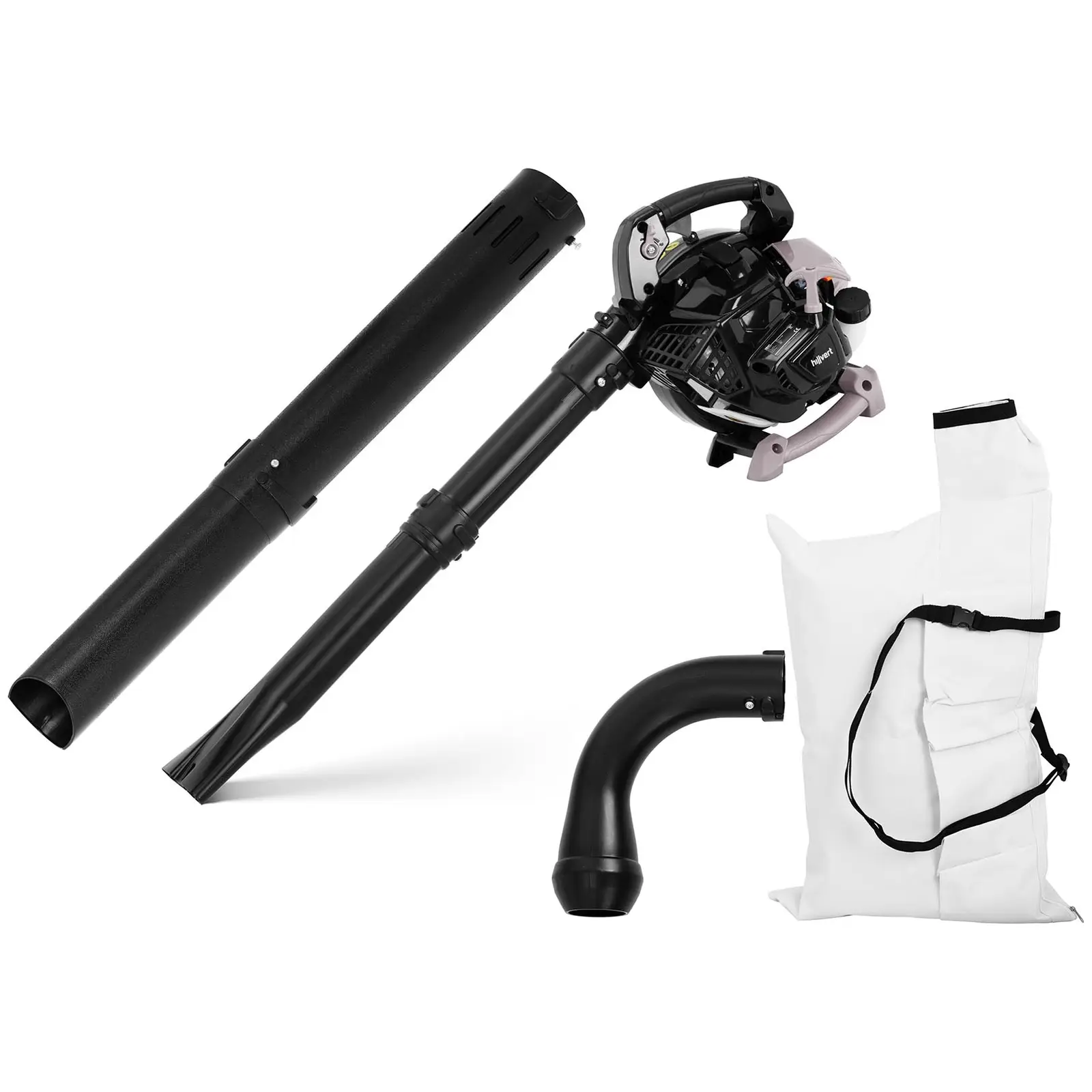




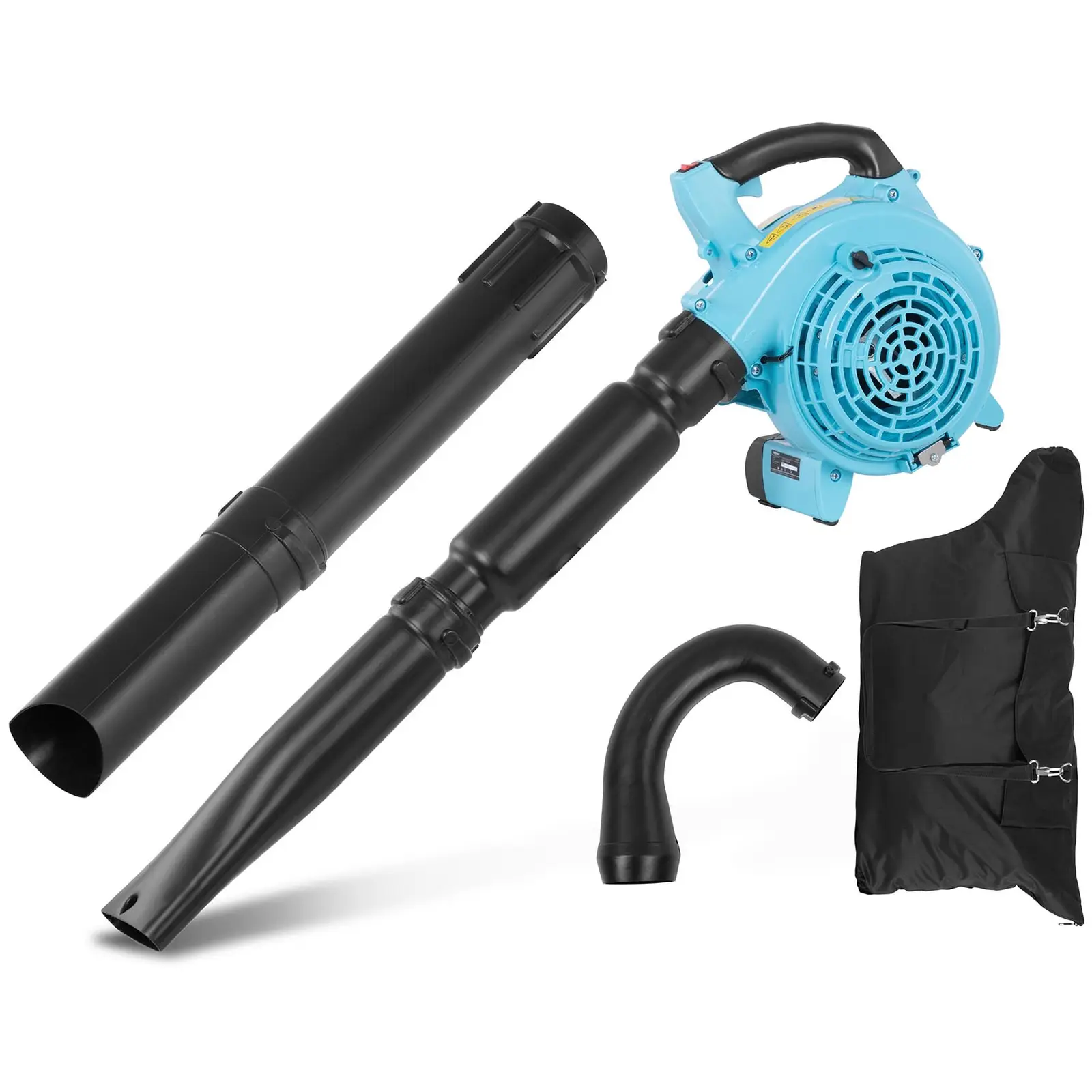

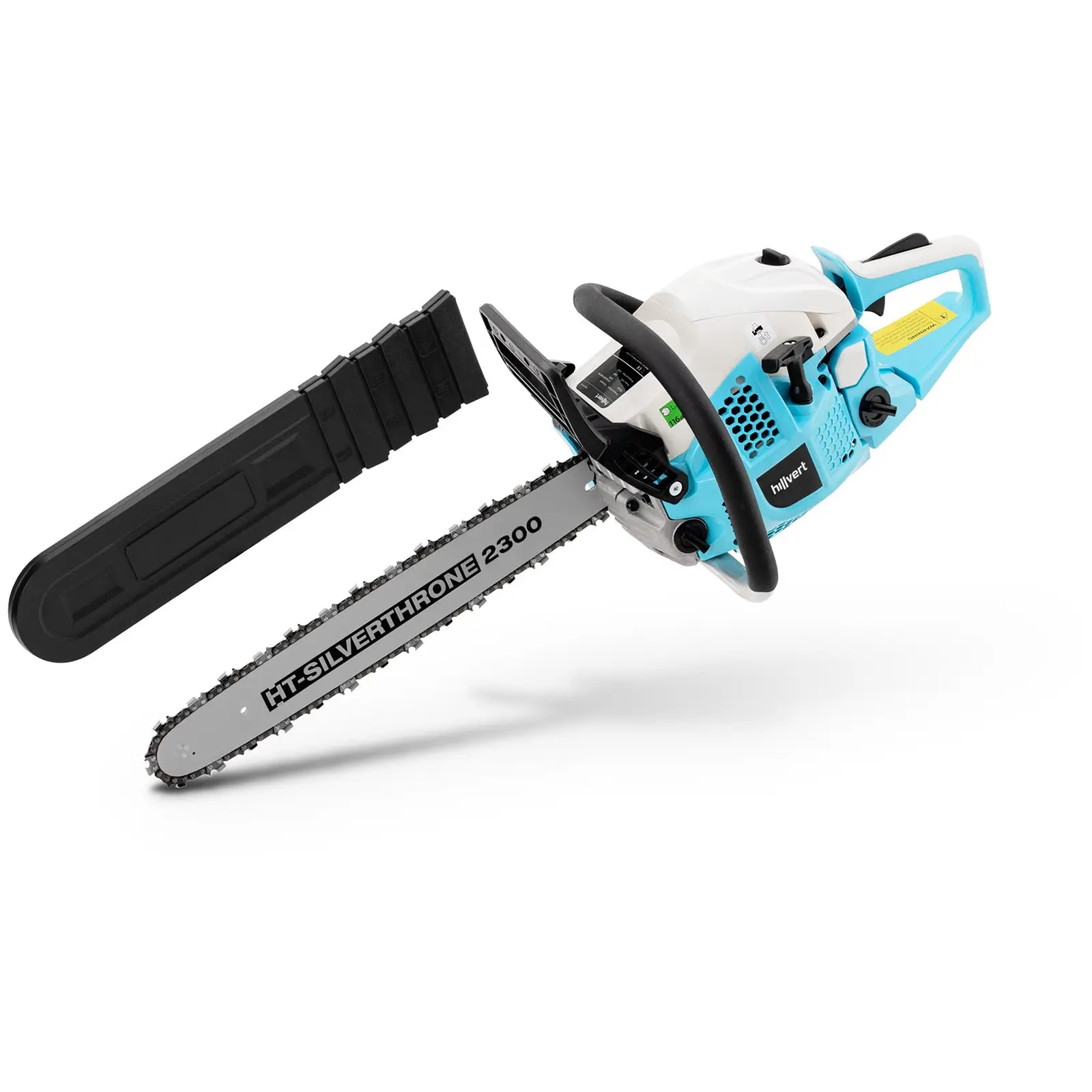





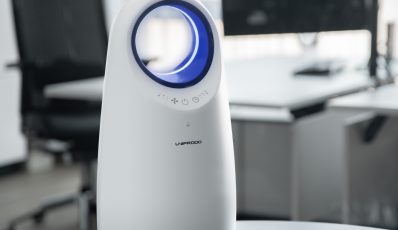

Share